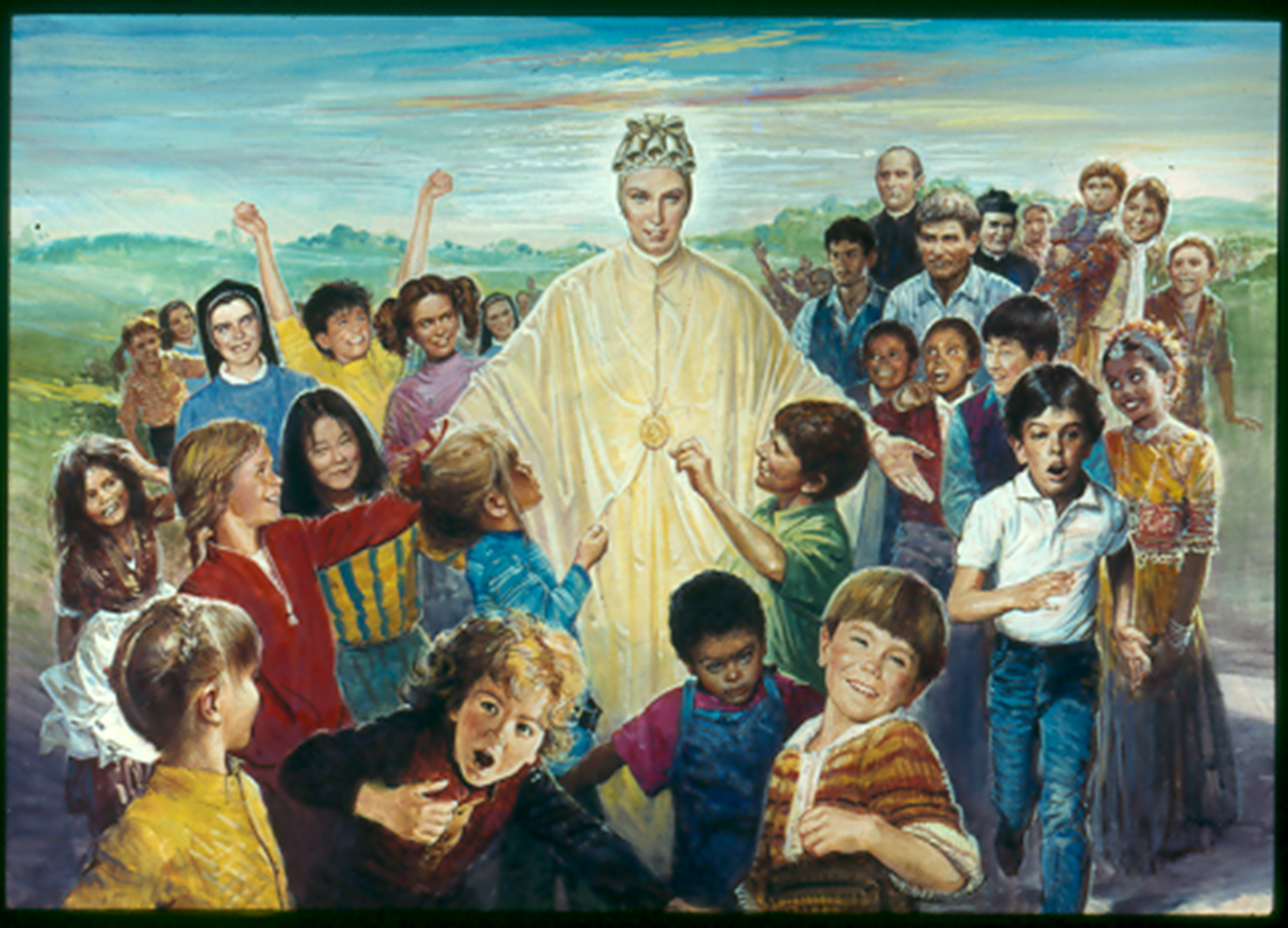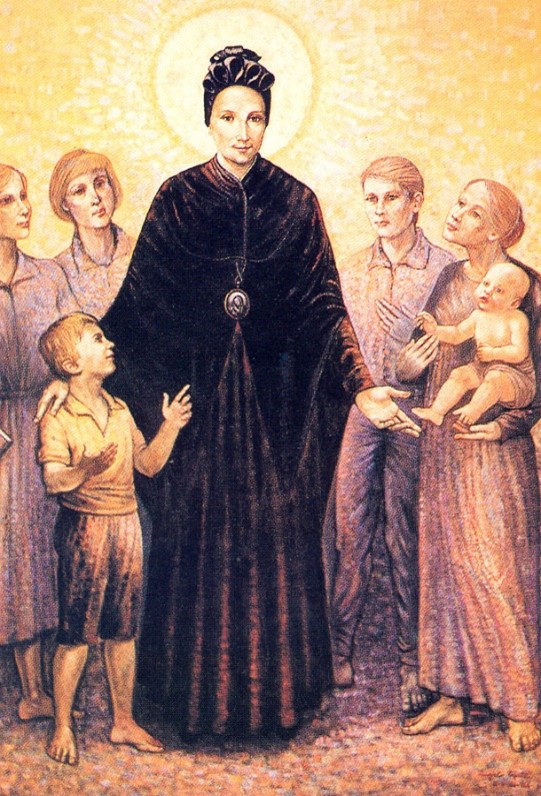Our Foundress

Our Foundress
St Magdalene of Canossa, Our Foundress Life of The Foundress
The Marchioness Magdalene of Canossa was born in Verona of rich and noble family on March 1st 1774, in one of the grandest palaces of the city. She was destined for a more extraordinary mission which would lead her to abandon the comforts of wealth and nobility in order to dedicate herself to the humble and the abandoned. Already in her early childhood years when she showed herself to be talented, sensitive and most affectionate, she experienced deprivation in the most desolating form. She was only five years old when her father met with sudden death. A little after, her mother left her to enter into a second marriage.
At 17, she attempted an experience of cloistered life with the Carmelites but there she understood that life was not for her. She returned to her family where she took up the task of heading and guiding the household during a time of extreme difficulty. It was towards the end of the 1700s that Verona was occupied successively by the French and the Austrians and the Canossa Palace hosted famous generals and emperors.
Amidst the outburst of temporal glory, Magdalene withdrew herself gradually. Each day, as her union with God intensified, so did her heart and arms open to the poorer classes who were increasingly being exploited and ill-treated.
She felt an urgent need to break down the dividing walls of her palace and help alleviate the ignorance, the moral and material poverty of the most abandoned and the poorest.
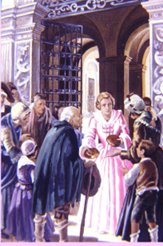
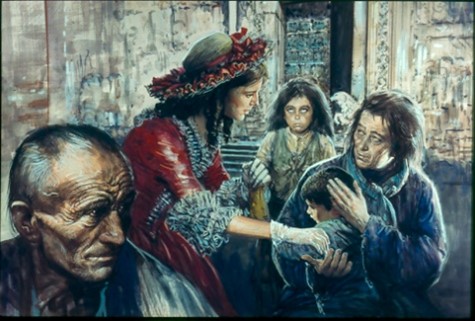
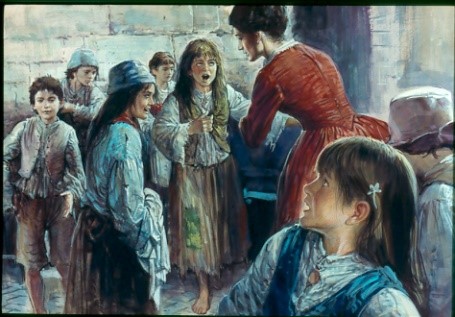
Her first companions soon joined her. In a house in the district of St. Zeno, the poorest and the most famished part of the city at that time. She gathered together the girls and women to instruct them in religion and lead them away from evil. Finally, in 1808, when the last hurdles were overcome and the resistance from the family broken, she left home to realize her mission with her companions.
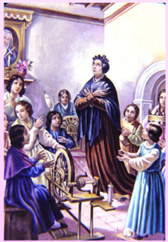
From that time onwards, the Marchioness of Canossa attached herself completely to the poor and gave a new title of nobility to herself and to her daughters. They were the “SERVANTS OF THE POOR.” The heart of Magdalene, like that of Christ Crucified, was open to all. Her charity was limitless. Even while bent with illness, she joyfully went on tiring journeys and hardships of every kind, misunderstandings and painful desertions. In spite of everything, her work took root, grew and expanded. The Daughters of Charity expanded in her lifetime to Venice, Milan, Bergamo and Trent among the poor and the ignorant people. Twenty years after her death, her work began to spread out to the rest of the world. On 7 December 1941, Magdalene’s holiness was recognized by the Church and she was beatified. On 2 October 1988, Magdalene was proclaimed a Saint.
